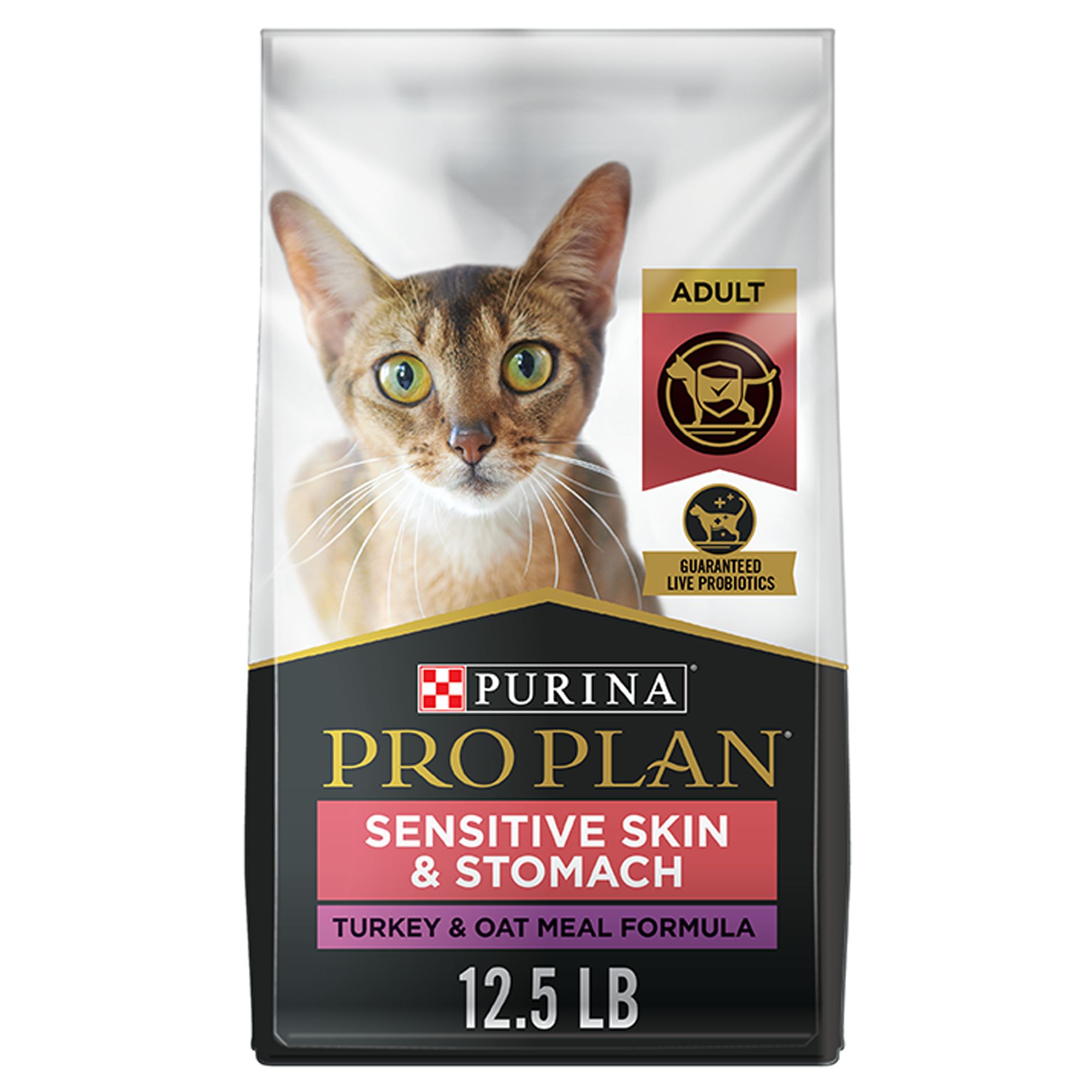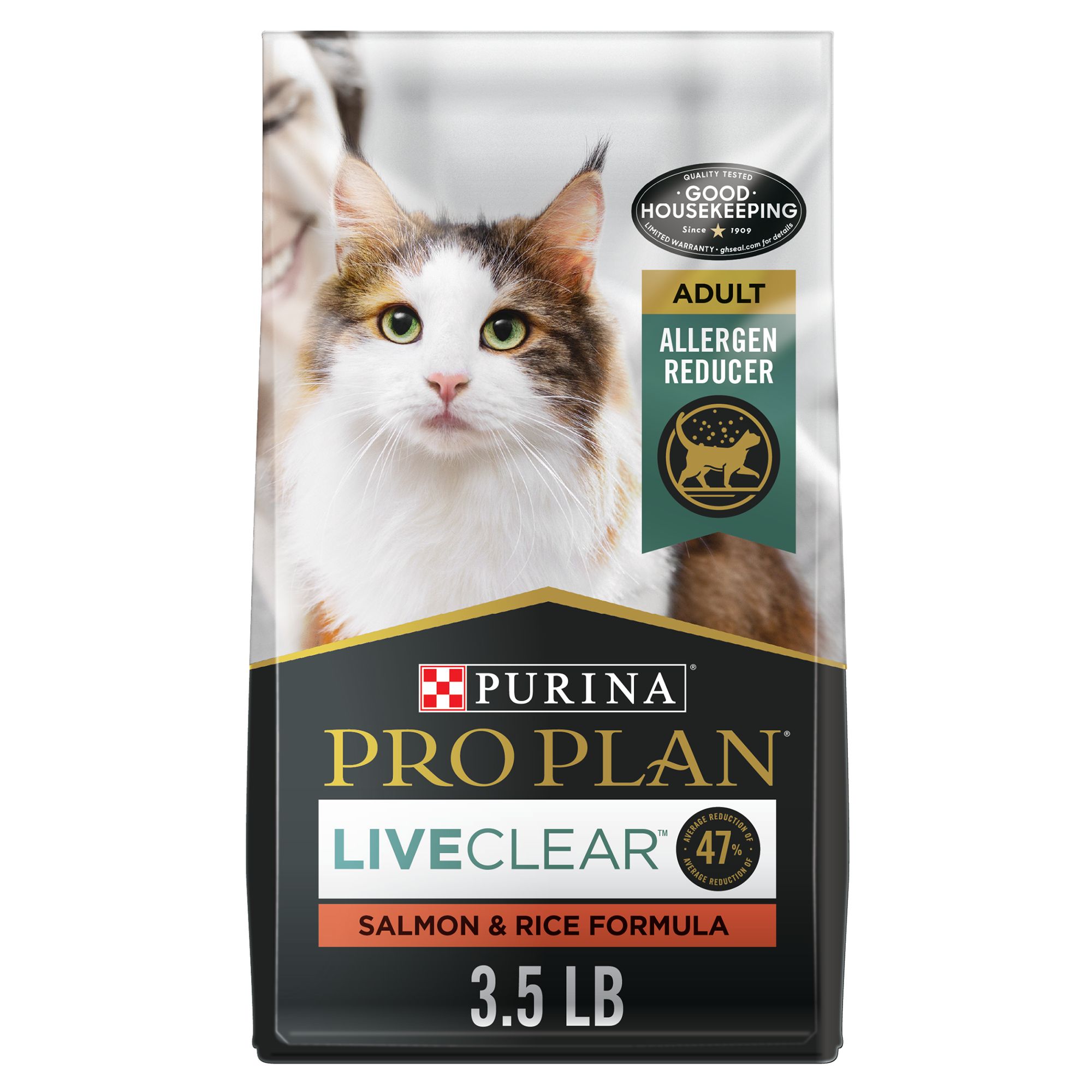The Purrfect Gut: Unlocking the Benefits of Prebiotics and Probiotics in Dry Cat Food
For centuries, cats have charmed us with their grace, independence, and undeniable appeal. As dedicated cat parents, we strive to provide them with the best possible care, and that includes nourishing their bodies from the inside out. While we often focus on protein content and flavor, there’s a hidden world within our feline companions that deserves our attention: their gut microbiome.
In recent years, the importance of gut health has become increasingly clear, not just for humans but also for our beloved cats. That’s where prebiotics and probiotics come in – two powerful allies that can significantly impact your cat’s overall well-being. This article will delve into the world of dry cat food enriched with these beneficial ingredients, exploring their roles, benefits, and how to choose the best option for your furry friend.
Understanding the Gut Microbiome: A Thriving Ecosystem
Imagine your cat’s digestive system as a bustling city, teeming with trillions of microorganisms, including bacteria, fungi, viruses, and other microbes. This complex community, known as the gut microbiome, plays a vital role in various aspects of your cat’s health:
-
Digestion and Nutrient Absorption: The gut microbiome aids in breaking down complex carbohydrates, fibers, and other nutrients that your cat’s body cannot digest on its own. This process releases essential vitamins, minerals, and short-chain fatty acids (SCFAs) that are crucial for energy and overall health.
-
Immune System Support: A significant portion of your cat’s immune system resides in the gut. The gut microbiome interacts with immune cells, helping to train and regulate the immune response. A balanced microbiome can strengthen the immune system, making your cat more resistant to infections and diseases.
-
Protection Against Pathogens: The beneficial bacteria in the gut compete with harmful bacteria for resources and space. By maintaining a healthy balance, they prevent the overgrowth of pathogens that can cause digestive upset, inflammation, and other health problems.
-
Mental Health: Emerging research suggests a connection between the gut and the brain, often referred to as the "gut-brain axis." The gut microbiome can influence the production of neurotransmitters, which play a role in mood, behavior, and cognitive function.
Prebiotics vs. Probiotics: What’s the Difference?
While both prebiotics and probiotics contribute to a healthy gut, they work in different ways:
-
Probiotics: These are live microorganisms, often referred to as "good bacteria," that are similar to those naturally found in a healthy gut. When ingested, probiotics can help replenish and diversify the gut microbiome, restoring balance and promoting digestive health. Common probiotics used in cat food include species of Lactobacillus, Bifidobacterium, and Enterococcus.
-
Prebiotics: These are non-digestible fibers that act as food for the beneficial bacteria in the gut. Prebiotics pass through the digestive system undigested until they reach the colon, where they are fermented by the gut microbiome. This fermentation process stimulates the growth and activity of beneficial bacteria, promoting a healthy balance. Common prebiotics used in cat food include fructooligosaccharides (FOS), mannanoligosaccharides (MOS), and inulin.
Benefits of Dry Cat Food with Prebiotics and Probiotics
Incorporating dry cat food with prebiotics and probiotics into your cat’s diet can offer a wide range of benefits:
-
Improved Digestion: Prebiotics and probiotics can help alleviate digestive issues such as diarrhea, constipation, and vomiting. They can also improve nutrient absorption, ensuring that your cat gets the most out of their food.
-
Enhanced Immune Function: By supporting a healthy gut microbiome, prebiotics and probiotics can strengthen the immune system, making your cat more resistant to infections and diseases.
-
Reduced Inflammation: An imbalanced gut microbiome can contribute to chronic inflammation throughout the body. Prebiotics and probiotics can help reduce inflammation by promoting the growth of beneficial bacteria and suppressing the growth of harmful bacteria.
-
Better Stool Quality: Prebiotics and probiotics can help improve stool consistency and reduce odor, making litter box maintenance more pleasant.
-
Weight Management: Some studies suggest that a healthy gut microbiome may play a role in weight management. By promoting efficient digestion and nutrient absorption, prebiotics and probiotics may help your cat maintain a healthy weight.
-
Improved Skin and Coat Health: The gut microbiome can influence skin and coat health. By reducing inflammation and promoting nutrient absorption, prebiotics and probiotics may help improve skin hydration, reduce itching, and promote a healthy, shiny coat.
Choosing the Right Dry Cat Food with Prebiotics and Probiotics
With so many options available, selecting the best dry cat food with prebiotics and probiotics for your feline companion can feel overwhelming. Here are some factors to consider:
-
High-Quality Ingredients: Look for cat food that contains high-quality protein sources, such as real meat, poultry, or fish. Avoid foods that contain excessive fillers, artificial colors, flavors, or preservatives.
-
Specific Prebiotic and Probiotic Strains: Check the ingredient list for specific prebiotic and probiotic strains. Look for well-researched strains known to benefit cats, such as Lactobacillus acidophilus, Bifidobacterium animalis, FOS, and MOS.
-
Guaranteed Potency: Ensure that the product guarantees the potency of the probiotics until the expiration date. Probiotics are live organisms, and their effectiveness can diminish over time.
-
Life Stage and Health Needs: Choose a formula that is appropriate for your cat’s life stage (kitten, adult, senior) and any specific health needs they may have. For example, if your cat has sensitive digestion, look for a formula specifically designed for digestive health.
-
Veterinarian Recommendation: Consult with your veterinarian for personalized recommendations. They can help you choose a formula that is best suited for your cat’s individual needs.
Transitioning to a New Food
When introducing a new dry cat food with prebiotics and probiotics, it’s essential to do so gradually to avoid digestive upset. Start by mixing a small amount of the new food with your cat’s current food, gradually increasing the proportion of the new food over 7-10 days.
Conclusion
Dry cat food with prebiotics and probiotics offers a convenient and effective way to support your cat’s gut health and overall well-being. By understanding the roles of these beneficial ingredients and carefully selecting the right formula, you can help your feline companion thrive from the inside out. Remember to consult with your veterinarian for personalized recommendations and to ensure that your cat’s diet meets their individual needs. With a healthy gut, your cat will be well on their way to a happier, healthier, and more vibrant life.


